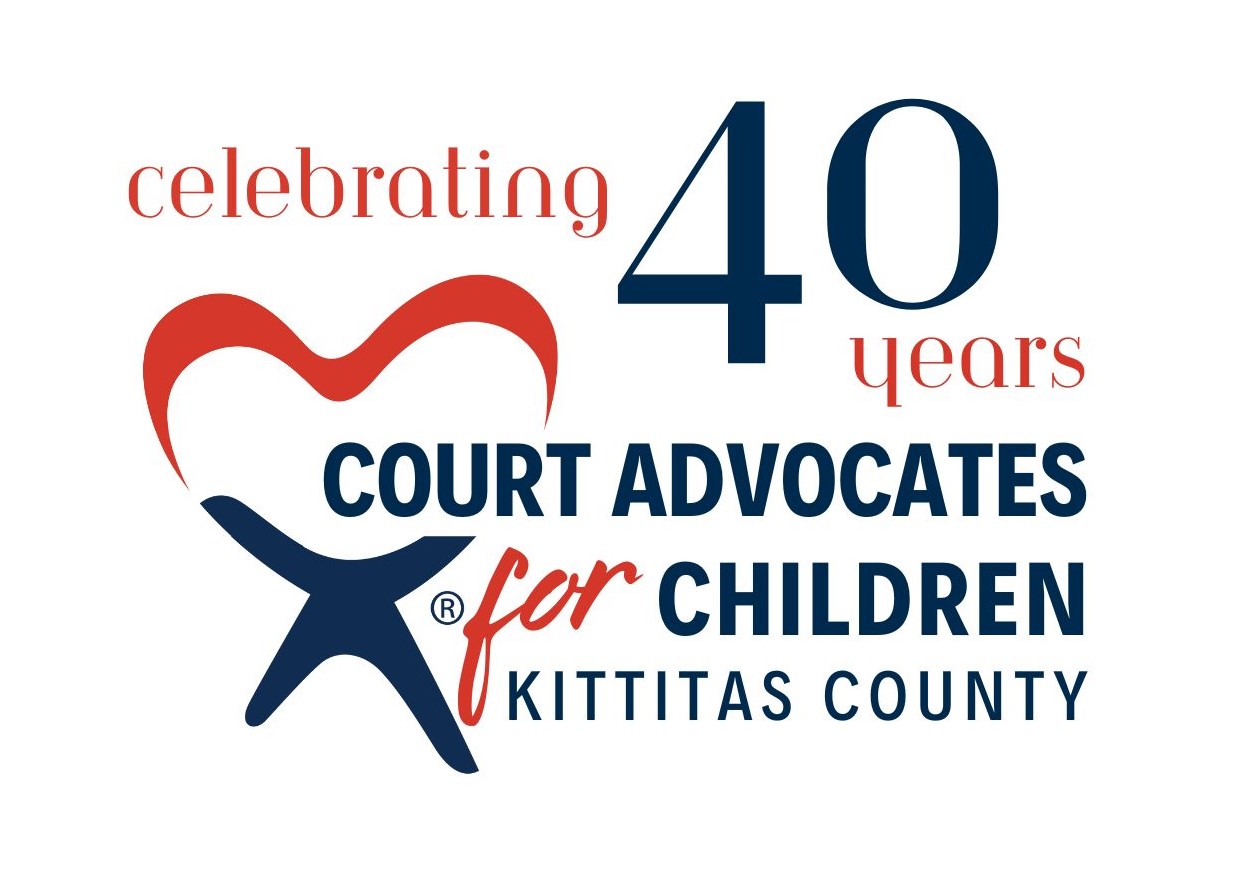January 2021 is National Slavery and Human Trafficking Prevention Month, as decreed by presidential proclamation. January is also known as Human Trafficking Awareness Month. It is a key time for us all as individuals to educate ourselves about human trafficking and crucially to learn to spot the signs of trafficking. It is also a time for us take these messages to our workplaces, our churches, our schools, our representatives and everywhere else.
What is Human Trafficking?
Human trafficking is a form of modern-day slavery in which traffickers use force, fraud, or coercion to control victims for the purpose of engaging in commercial sex acts or labor services against his/her will.
Sex trafficking has been found in a wide variety of venues within the sex industry, including residential brothels, escort services, fake massage businesses, strip clubs, and street prostitution.
Labor trafficking has been found in diverse labor settings including, domestic work, small businesses, large farms, and factories.
Why Trafficking Exists
Human trafficking is a market-driven criminal industry that is based on the principles of supply and demand, like drugs or arms trafficking. Many factors make children and adults vulnerable to human trafficking. However, human trafficking does not exist solely because many people are vulnerable to exploitation. Instead, human trafficking is fueled by a demand for cheap labor, services, and for commercial sex. Human traffickers are those who employ force, fraud, or coercion to victimize others in their desire to profit from the existing demand. To ultimately solve the problem of human trafficking, it is essential to address these demand-driven factors, as well as to alter the overall market incentives of high-profit and low-risk that traffickers currently exploit.
Labor trafficking and sex trafficking of U.S. citizens and foreign nationals persist and thrive for a number of reasons, including:
1. Low Risk: Human traffickers perceive there to be little risk or deterrence to affect their criminal operations. While investigations, prosecutions, and penalties have increased throughout recent years, many traffickers still believe the high profit margin to be worth the risk of detection. Factors that add to low risk include: lack of government and law enforcement training, low community awareness, ineffective or unused laws, lack of law enforcement investigation, scarce resources for victim recovery services, and social blaming of victims.
2. High Profits: When individuals are willing to buy commercial sex, they create a market and make it profitable for traffickers to sexually exploit children and adults. When consumers are willing to buy goods and services from industries that rely on forced labor, they create a profit incentive for labor traffickers to maximize revenue with minimal production costs.
Left unchecked, human trafficking will continue to flourish in environments where traffickers can reap substantial monetary gains with relatively low risk of getting caught or losing profits.
As such, communities can help to reduce sex trafficking in their communities by not buying sex and not participating in the commercial sex industry. Community members can use online tools such as Slavery Footprint to see how human trafficking exists in the services and products they consume, buy fair trade and survivor-made products, and hold their favorite brands accountable for fair labor practices. Alongside the efforts of service providers, criminal prosecutors, and law enforcement, these community efforts can help to reduce the demand for sex and labor trafficking.
Source: https://humantraffickinghotline.org/type-trafficking/human-trafficking
